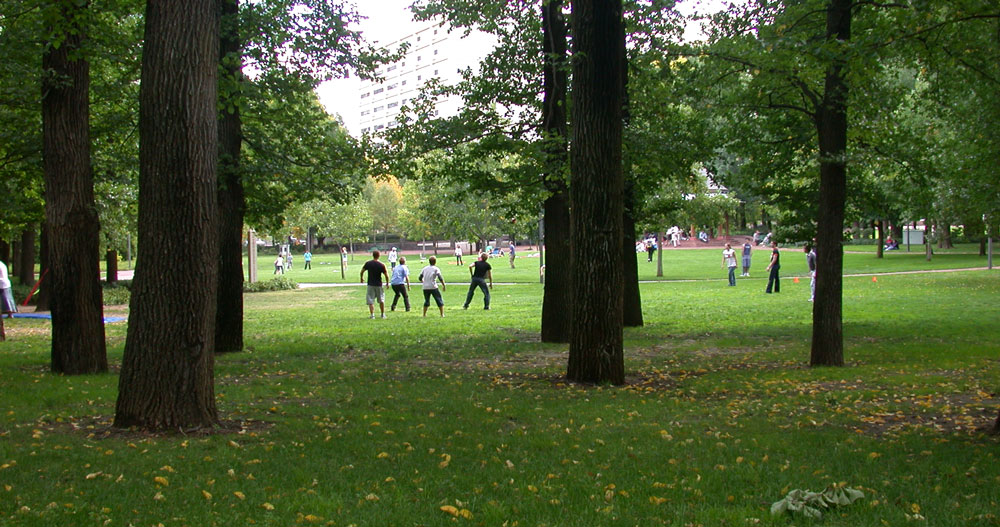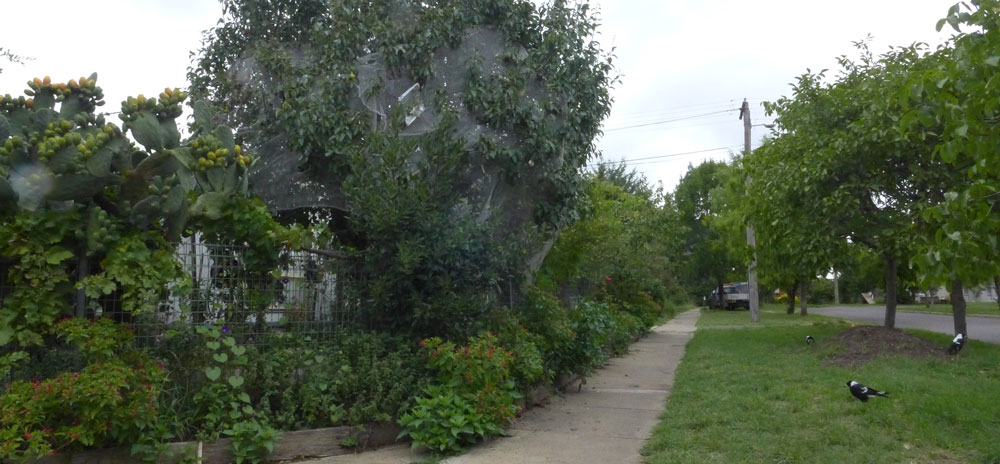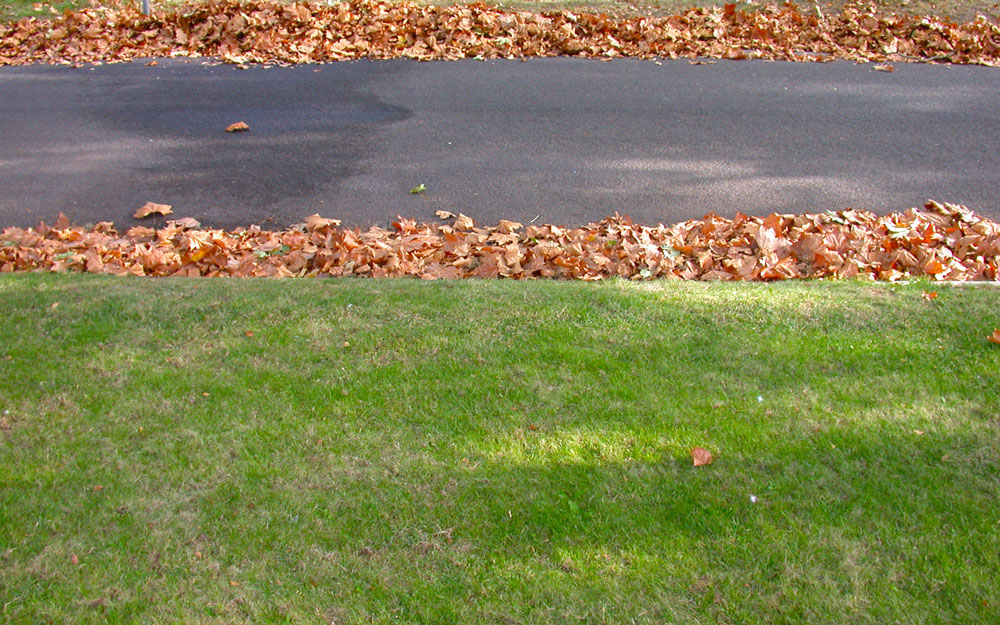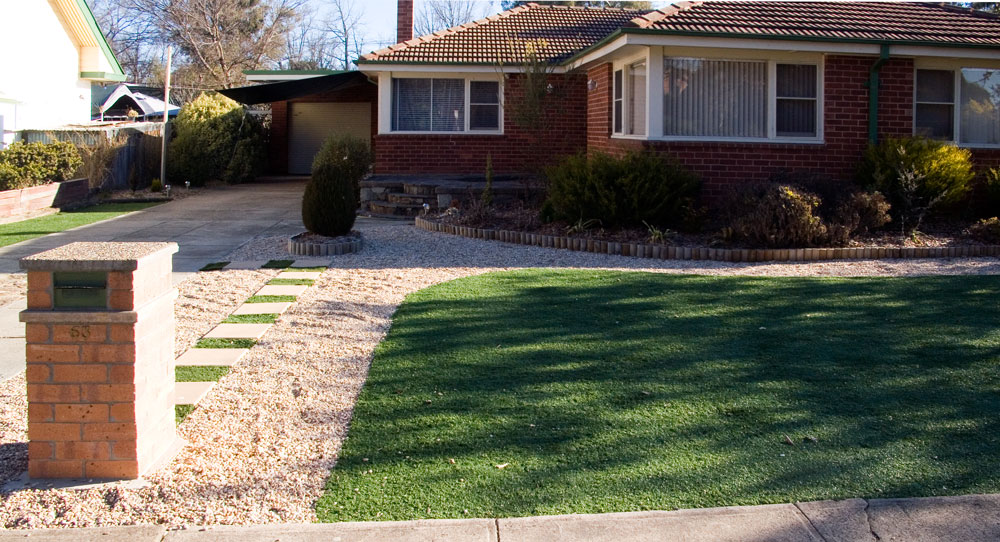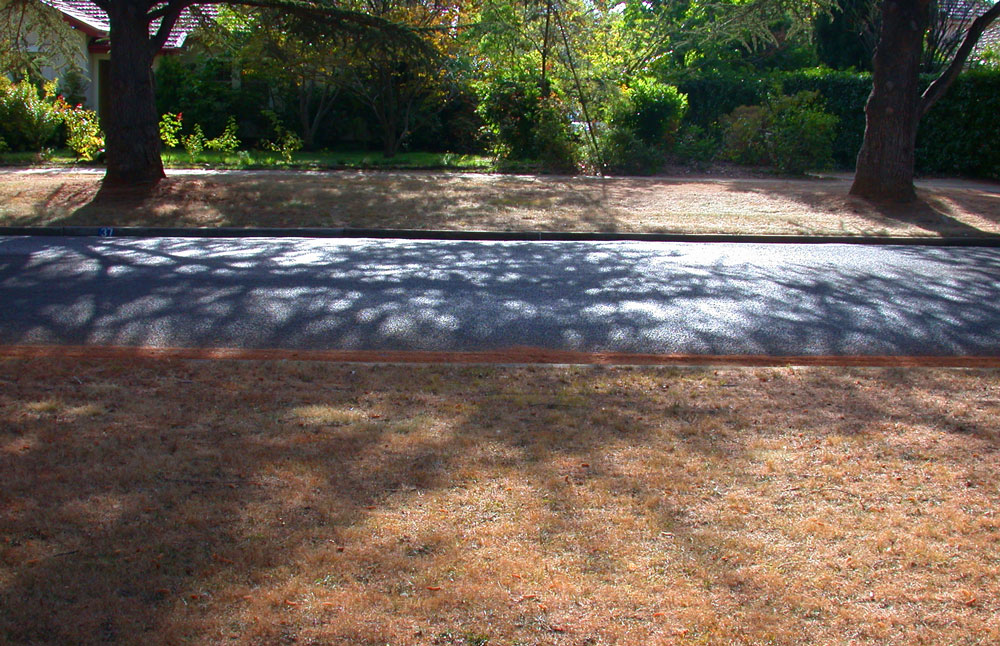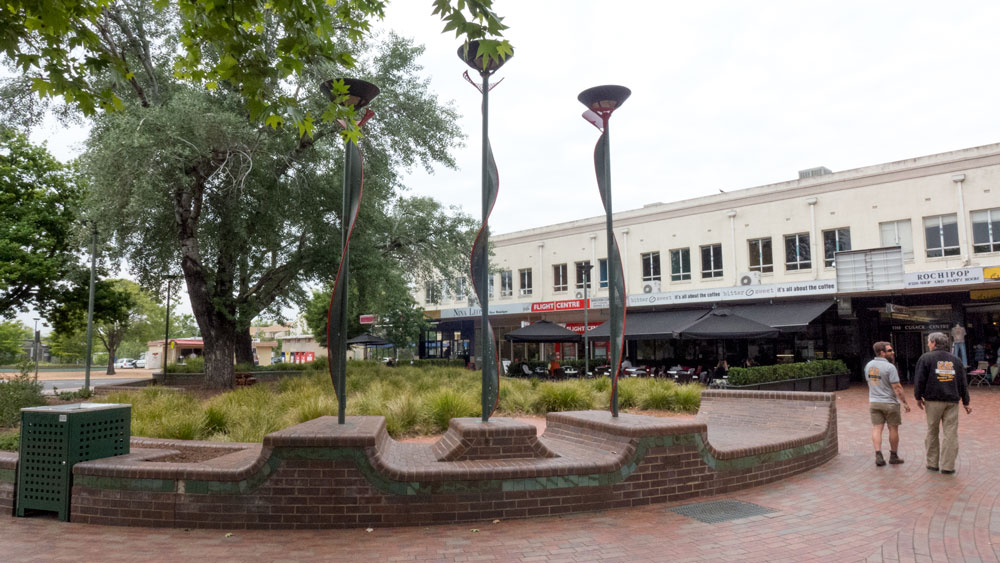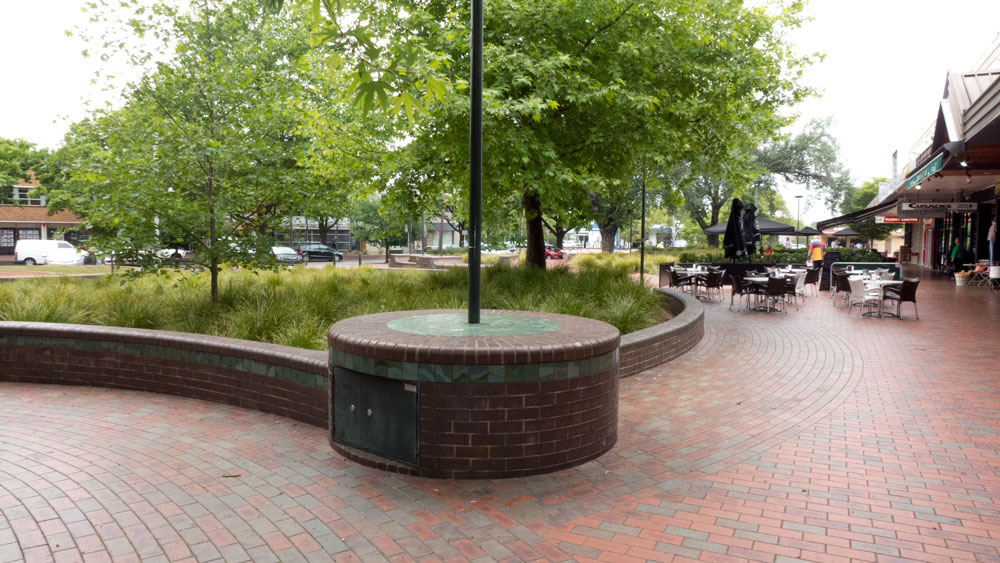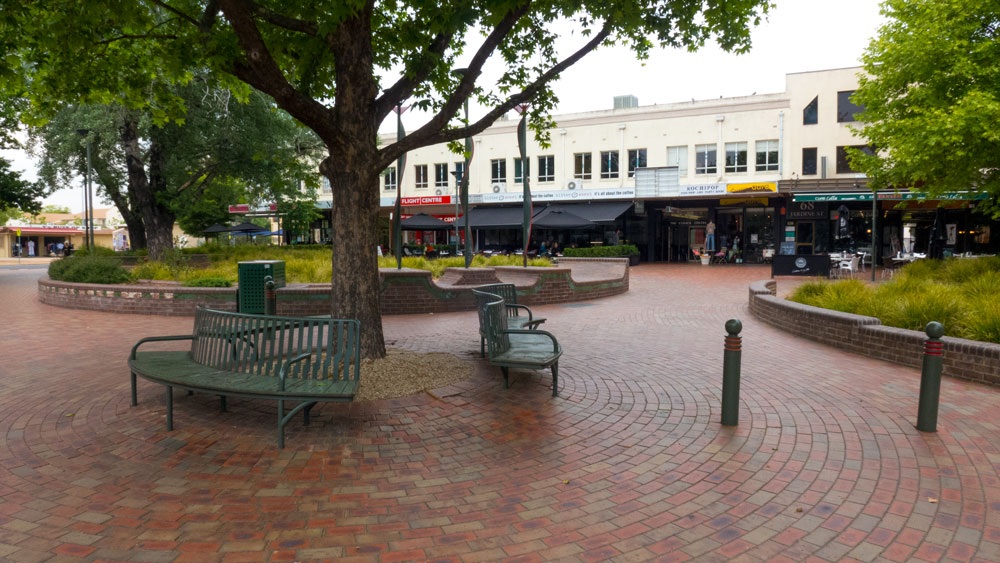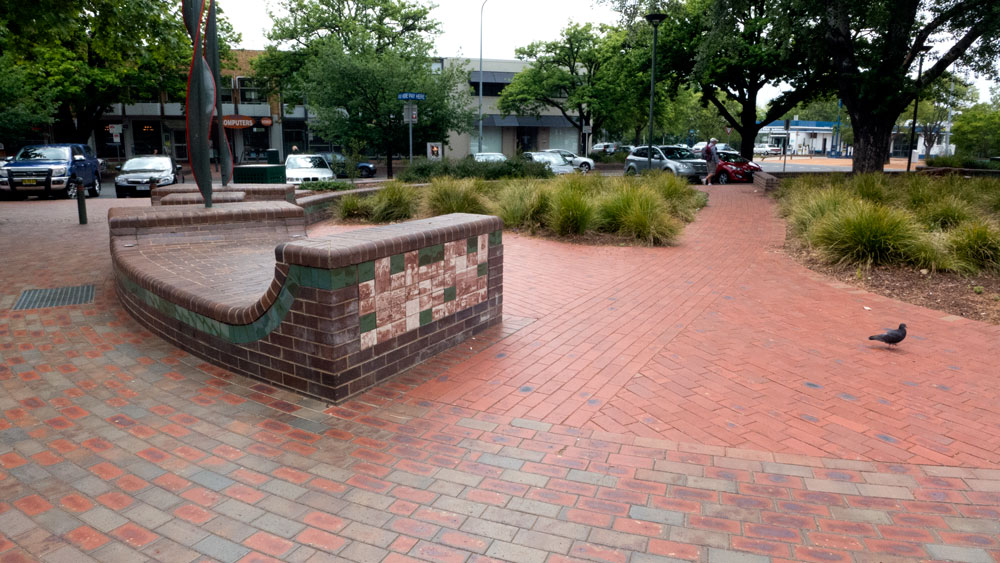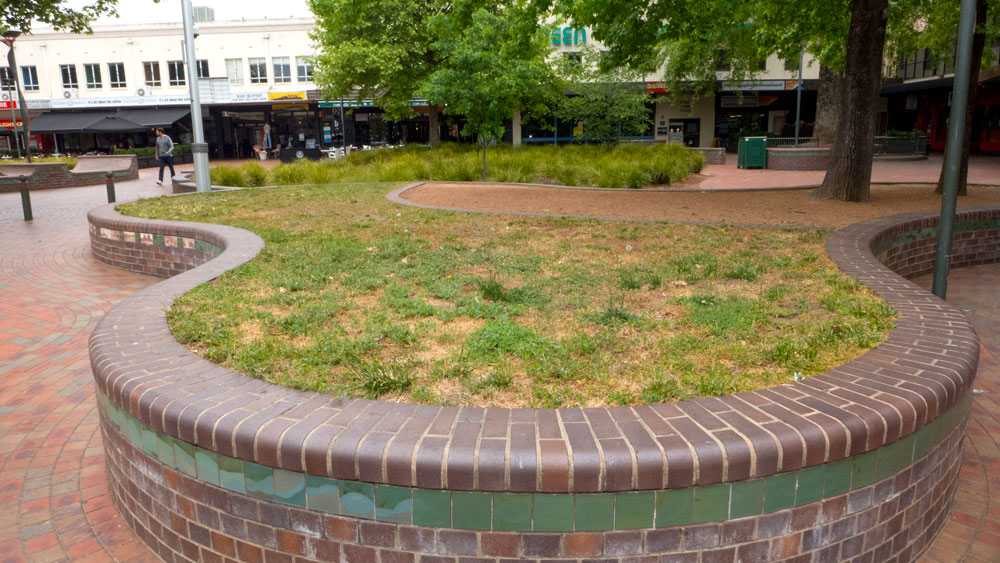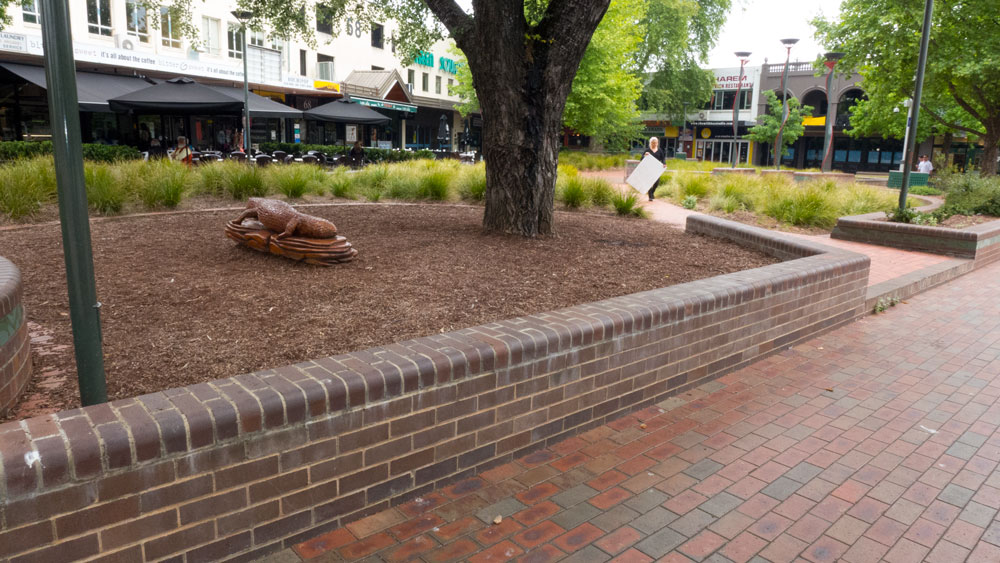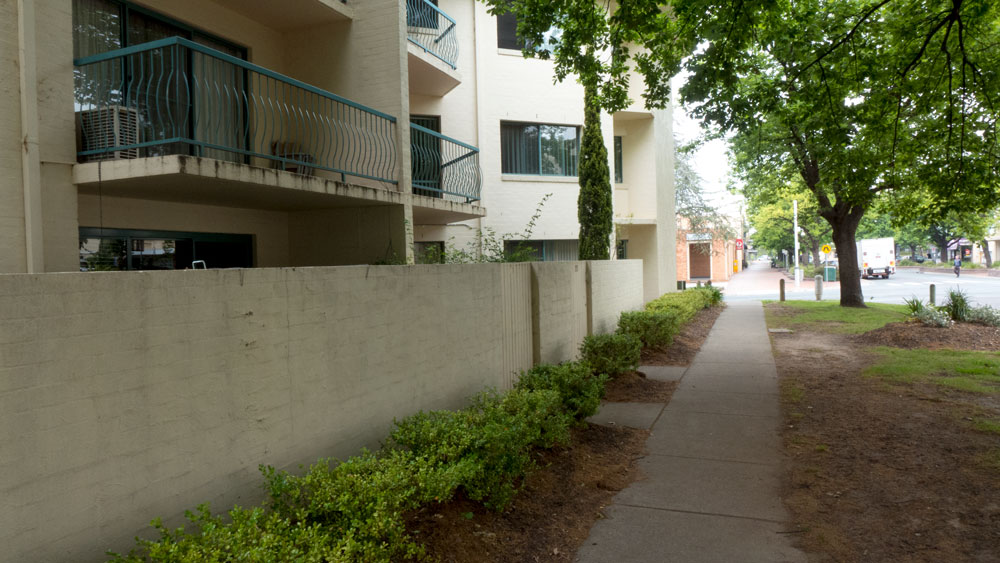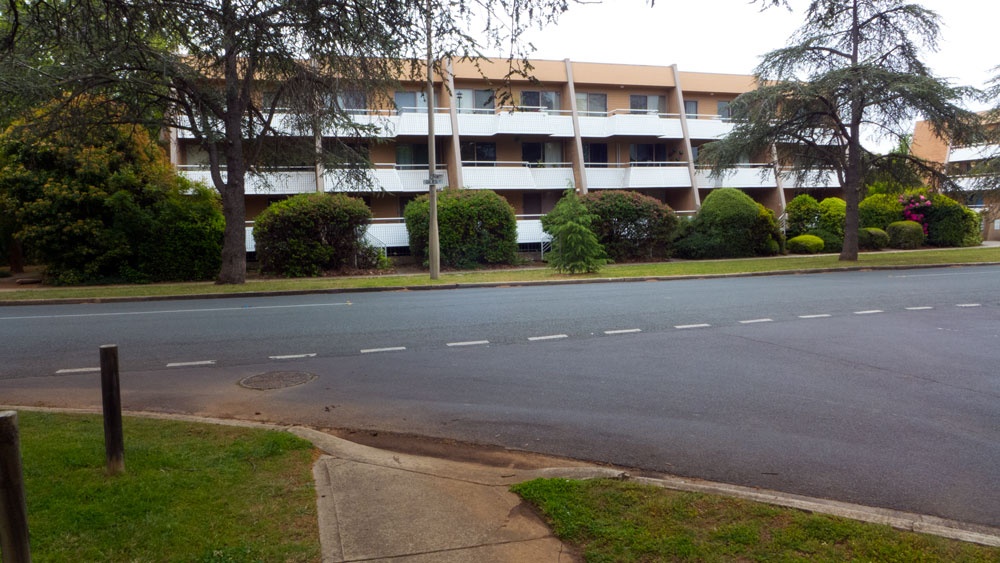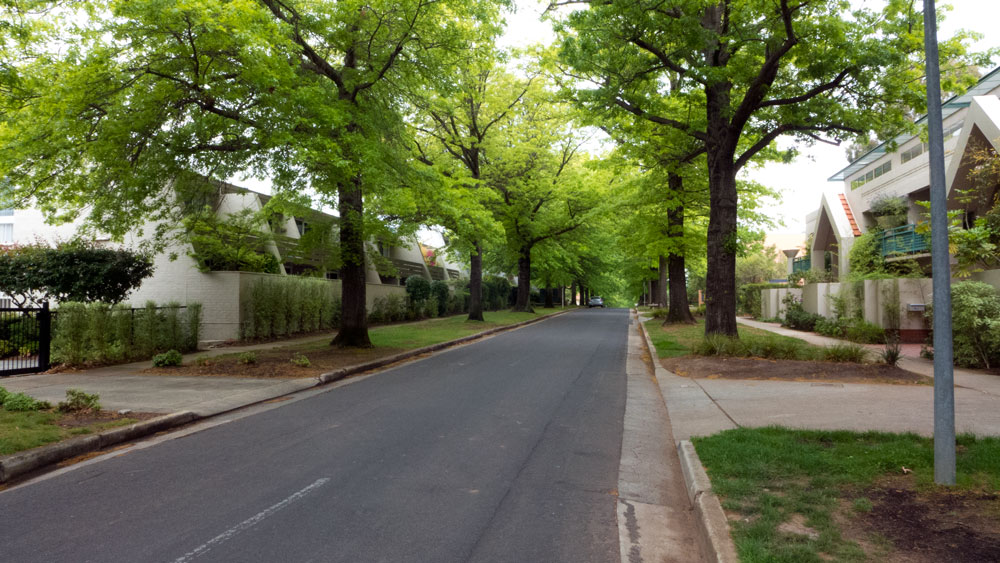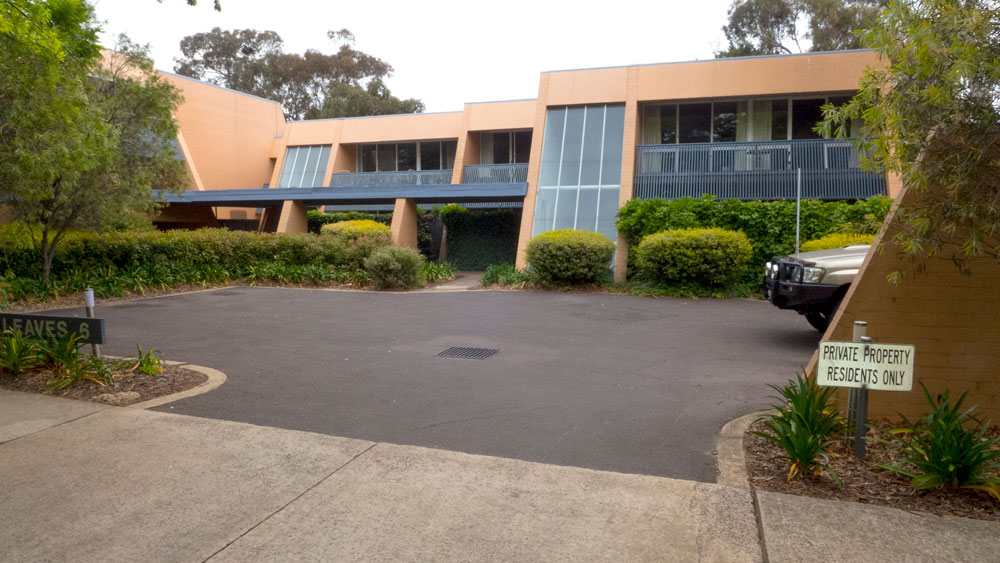Talking about Australians and their love for lawns
Canberrans, along with most Australians, love their green grassed areas. Mowed lawns have been part of the tradition of our backyards and of our open spaces in which we play, walk and relax.
Our suburbs have the tradition of lawns in the front yard, as part of street verge as well as ample in the backyard for children to play, for entertainment and just to be part of the neighbourhood.
Lots of time and energy can be spent keeping that lawn neat. Leaves need to be raked.
Of course this is changing, Some people place vegetable gardens in their front yards to make use of this valuable space to produce their own food. Many of the recent suburbs may have some token lawn areas, but these have very much diminished in size.
Then there is the rise in the use of artificial turf for lawns. The jury seems to be still out on these. When these heat up, they are not as comfortable as the real thing. It seems that we need to be green, even if it is fake grass.
Our open spaces have traditionally composed of mown grass. In more recent years there have been changes here as well with many now composed of hard surfaces. This makes maintenance easier for the local government crews and saves on maintenance budgets as less mowing is required.
The drought during the early years of Century played havoc with our notion of suburban beauty. For about ten years we became used to having brown as part of local palette.
A story has just arisen involving a small open space in the suburb of Kingston. During the drought years a very popular small shopping square, known as Green Square, which is surrounded mainly with cafes and restaurants, dried up. Put simply, it was the time of severe water restrictions and the local government had to make choices on the use of water. This grassed square was one of the many casualties.
One can imagine the decision makers dilemma. The rain broke the drought. Do they simply start the watering and maintain the grassed areas again? The government department decided to do away with the grass and to upgrade all the areas. Looked good. The character of the place had changed. But the locals were not happy. Here’s how it was reported in the Canberra Times just a day or two ago.
The government itself knocked back the advice from their own bureaucrats and has decided to restore some of the lawn. That’s what governments do. Good thing. I can imagine the advice was based on costs and trying to save on the longer term maintenance costs. That’s fair enough.
The bigger question is how does this society continue to enjoy these very pleasant amenities, these lawns, these grassed areas while dealing with the increasing needs to put in place more stringent climate change adaptation measures?
Can we afford to water these lawns. It really does not matter whether it is paid for by the local retailers or through the public purse. It is about water.
The Chief Minister’s decision sounds reasonably sound. Green Square could be a much nicer place and far more people friendly if some the grass was returned. She’s a mother and understands the need to have such places for children. And I would image there are many local workers who would much rather stretch out on lawn than sit on hot stone garden edges.
But I noticed that there are some areas of grass already, and that these are not looked after. There is also an area where there are woodchips along with an artwork.
May I suggest that there is a compromise here. Let’s have a bit of variety with different plantings as well as a bit more grass.
here’s some images taken today. It looks wonderful and yes, a little more grass would be great. But not too much please as variety is essential for all to enjoy.
This suburb has been undergoing change in the recent decades and lots of the housing stock has been re-developed to become apartments. This means that while the gardens and streets look lush with greenery, there are not many green spaces. Not such a good thing. This needs attention as it is possible to have more intense residential and not lose out on green spaces. But given the lack of green spaces around the shops in Kingston, this token green space, Green Square, becomes even more important to residents, to local workers, and to visitors.
For the longer term, maybe something needs to be worked out whereby water is collected off the buildings and at least part of the watering of the replaced lawns could drawn from this in-built supply. Then while we are at this, how about more solar on all those roof tops?
here’s a few images of streets nearby:
Canberra is a garden city. That’s what it was planned to be. That’s one good reason why we all live here. Green Square will require watering again. But this is just a small example of some of the green areas we should be thinking about.
For instance, the greater part of the Parliamentary Triangle is green grass. Does it need to be? Why could we not have some more sustainable and drought tolerant planting in place of most of all that green grass. This bold but very logical move could set a new standard for open spaces, especially those that are essentially parks as memorials. I intend to do a follow-up on this lawn fetish in the Parliamentary Triangle.
We definitely need to start to turn this around. It is time our governments planned for the future when we will have to live in sustainable settlements that are resilient, engaging and healthy urban environments, but more appropriately designed to be in balance with our natural and cultural systems?
